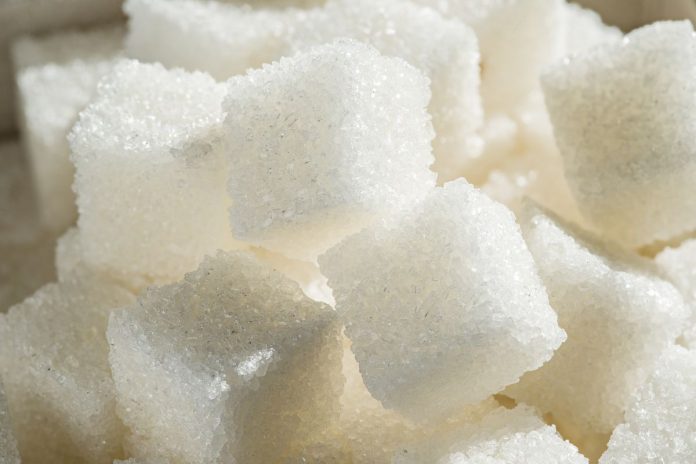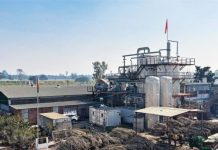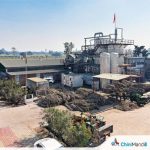Backed by Government measures, domestic sugar prices have recovered to around Rs33,500/MT (ex-mill UP) from a low of Rs26,500/MT in May. Recent Government measures such as creation of 3 million MT buffer stock and fixing of minimum selling price (MSP) for sugar at Rs29,000/MT, has helped the sugar industry. However, as per an ICRA note, the sustainability of the same is uncertain, given the likelihood of another year of bumper production in SY2018-19. Further, the hike in FRP is likely to result in margin pressures and provide further impetus to farmers to sow sugarcane, which is likely to exacerbate the oversupply conditions.
Sabyasachi Majumdar, Senior Vice President & Group Head, ICRA Ltd said, “Significant increase in the sugar production by around 60% yoy in SY2018 is likely to result in closing stocks between 9.0 – 9.5 million MT even after considering the successful implementation of the 2 million MT exports. While 0.4 million MT of sugar is under the process of getting exported, export of 2 million MT might pose a challenge, given the subdued global sugar prices. In addition to the existing surplus sugar in the market, as per the preliminary estimates, sugar production in the forthcoming season is expected to increase by 10% Y-o-Y to around 35 million MT. Hence, while the prices have recovered after the announcement of the Government bailout package for the industry, we expect pressure on the sugar prices given the continued oversupply scenario.”
Further, the Cabinet Committee on Economic Affairs (CCEA) has fixed the fair and remunerative price (FRP) at Rs275/quintal for SY2018-19 season, an increase by Rs20/quintal, compared to the previous year. However, the cane price is linked to a basic recovery rate of 10.0%, as against 9.5% the previous year, resulting in an effective increase in the FRP by 2.5% yoy in SY2019. With sugar realisations likely to be under supply-induced pressure in SY2019, this is likely to result in margin pressures as well as the increase in cane arrears in that year. Also, this increase in the FRP could also trigger an increase in the state-advised price (SAP) set by the state governments in the SAP-following states. Apart from causing margin pressures, higher cane prices may further incentivise farmers to keep sowing cane which could exacerbate supply pressures in the medium term.
The cane arrears touched Rs22,000cr in May 2018 for the current sugar season and mills needed Government support to meet the farmer payments at an FRP of Rs255/quintal. After the Government measures, with the recovery in the sugar prices, the arrears declined to around Rs17,800cr as on July 18, 2018. At a higher FRP and a higher sugar production in SY2019, the cane arrears are expected to further increase. “Thus, Government intervention in support of the sugar mills and the farmers is likely to remain critical in the coming sugar season to protect the margins and the liquidity of the sugar industry and prevent an increase in the cane arrears,” Majumdar added.












